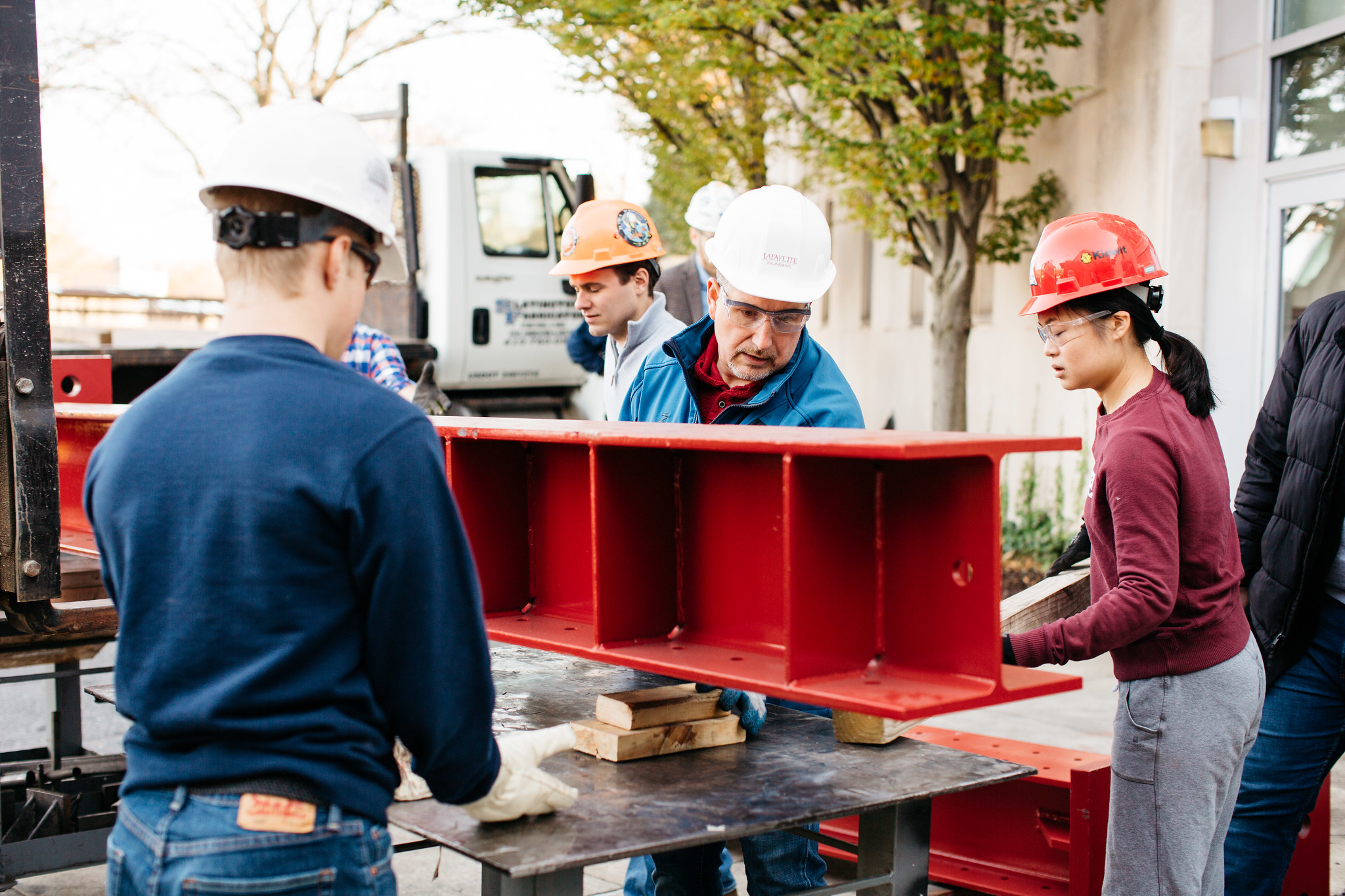Inclusive STEM
Gateway Courses
Sometimes gateway courses, gatekeepers to students’ progression in a major, can be perceived of by students as well as taught by instructors as “weed-out classes.” “Weed-out courses” are classes designed with the intention of eliminating students from a certain field so that only the “best” or “strongest” students can make it through, and therefore continue studying the subject. While weed-out classes are a concern in many disciplines, they are particularly prominent in science, technology, engineering and math (STEM) fields, especially in courses that are intended to be introductory level. Students have reported completely changing majors and even career paths simply due to an experience with a weed-out course.
In order to avoid the harmful and toxic dynamic of a weed-out class, it is important to start by focusing on the environment in the classroom, and ensuring that it is welcoming, encouraging, and optimistic. Otherwise, students may feel as if they don’t belong and are not good enough to be taking the class. When an instructor goes into a course with the expectation that many students will likely fail the class, it may signal to students that the instructor does not want them to learn about their field. This is not to say a class cannot be challenging-it absolutely can, but a lack of support from the professor can create an unfavorable environment for students.
The instructor can certainly expect students to put effort into doing well on assignments or assessments, but a little compassion can go a long way for inclusivity. This simply means considering that students are people and taking their struggles into account. Working with students and helping them through the class material while they are navigating life challenges is a great way to foster learning while also it allows students from all backgrounds to learn about a subject they are passionate about. Instructors can do their best in supporting students such that they are not eliminated from their field of interest simply because of a hard time they encountered in college. In one-on-one interviews, students have also shared that compassionate professors allow them to better learn material and perform better on assignments. Practices like extending assignment deadlines for appropriate life circumstances, listening to student concerns, and working with students to help them perform to the best of their ability are essential to promoting an inclusive, rather than elitist, classroom. Being harsh and apathetic can discipline students, but it may not allow them to work to their full potential.
Integrating Diverse Content into STEM Courses
One of the more challenging facets of inclusive pedagogy is incorporating diversity and inclusion into a STEM (science, technology, engineering and mathematics) course. STEM curricula are often content-heavy, leaving less room for discussion in the classroom setting.
A great model of the ways in which social justice and inclusivity can be integrated into a STEM classroom lies in Lafayette’s Science and Technology in a Social Context (STSC) classes. These courses discuss different STEM topics while also bringing in discussions about social justice and diversity. Such classes demonstrate that it is completely possible to teach STEM topics in a social justice context. It could be by discussing, for example, how racism led a minority scientist’s work to be invalidated, but even if this is not applicable to the material, it could be as simple as asking students to think about why STEM fields are traditionally dominated by males.
Asking students to question social structure, systematic oppression, and other social injustices in the context of discrimination in STEM fields allows them to think deeper about how to improve the situation for marginalized groups. This also gives hope that as students move forward in their careers, they will be more cognizant of systematic injustice since this can be easy to forget in a field so dominated by facts and data.
